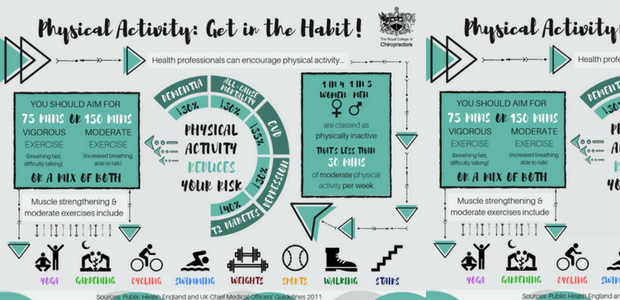How Does Cold Laser Treatment Profit From Light To Enhance Recovery, And What Impressive Advancements Can We Anticipate In The World Of Discomfort Management?
How Does Cold Laser Treatment Profit From Light To Enhance Recovery, And What Impressive Advancements Can We Anticipate In The World Of Discomfort Management?
Blog Article
Published By-Demir Mccall
When considering alternate treatments, cold laser treatment attracts attention because of its special strategy to healing. By using certain wavelengths of light, it targets cellular functions and promotes recuperation in a non-invasive way. This technique not just boosts ATP manufacturing however additionally help in lowering inflammation and pain. As research study remains to unfold, the implications for recovery and discomfort management could be considerable. What does this mean for future treatment options?
The Systems of Cold Laser Therapy
Cold laser therapy, likewise known as low-level laser therapy (LLLT), works by boosting mobile feature with the application of particular wavelengths of light.
When the laser light permeates your skin, it communicates with the mitochondria in your cells, increasing ATP manufacturing. laser therapy pain relief in ATP stimulates your cells, promoting recovery and regrowth.
The light also impacts cell membrane layers, boosting their leaks in the structure and facilitating nutrition absorption while eliminating contaminants. Furthermore, cold laser treatment triggers the launch of endorphins and reduces inflammation, helping your body react better to injury.
You'll experience improved blood flow as the therapy stimulates capillary growth, guaranteeing that oxygen and nutrients get to broken tissues much more effectively.
Comprehending these devices can help you value its possibility in advertising recuperation.
Potential Advantages of Cold Laser Therapy
When thinking about choices for discomfort alleviation and recovery, you might locate cold laser treatment to be an attractive choice. led therapy greenwich -invasive strategy can help reduce inflammation, alleviate pain, and promote tissue repair work.
Many individuals report quicker healing times from injuries and surgical treatments after undertaking cold laser therapy. It's especially valuable for problems like joint inflammation, tendonitis, and muscular tissue stress.
visit this page may likewise value that it has minimal negative effects compared to pharmaceuticals. In addition, cold laser treatment can boost blood circulation, which assists in providing nutrients and oxygen to harmed areas.
Current Research Study and Medical Applications
As interest in cold laser therapy grows, scientists are exploring its numerous applications and efficiency in scientific setups. You'll discover studies exploring its role hurting monitoring, injury healing, and decreasing inflammation.
In physical therapy, professionals use cold laser treatment to boost healing in sporting activities injuries, while dentists are locating it advantageous for dealing with dental discomfort and periodontal problems. Recurring tests are examining its possibility in treating problems like arthritis and neuropathy.
These researches aim to develop standardized procedures and does, making sure safety and security and effectiveness. As more proof emerges, you might see cold laser treatment becoming a staple in both rehab and pain management, offering patients a non-invasive alternative that complements traditional treatments.
Verdict
To conclude, cold laser therapy offers an appealing technique to healing by taking advantage of particular wavelengths of light to enhance mobile functions and promote recuperation. With advantages like enhanced blood flow, minimized inflammation, and pain alleviation, it's becoming a valuable choice for various problems. As learn the facts here now remains to establish standard methods, you can expect higher acceptance of this non-invasive therapy in rehab practices and discomfort administration methods, making it a potential game-changer for lots of clients.
